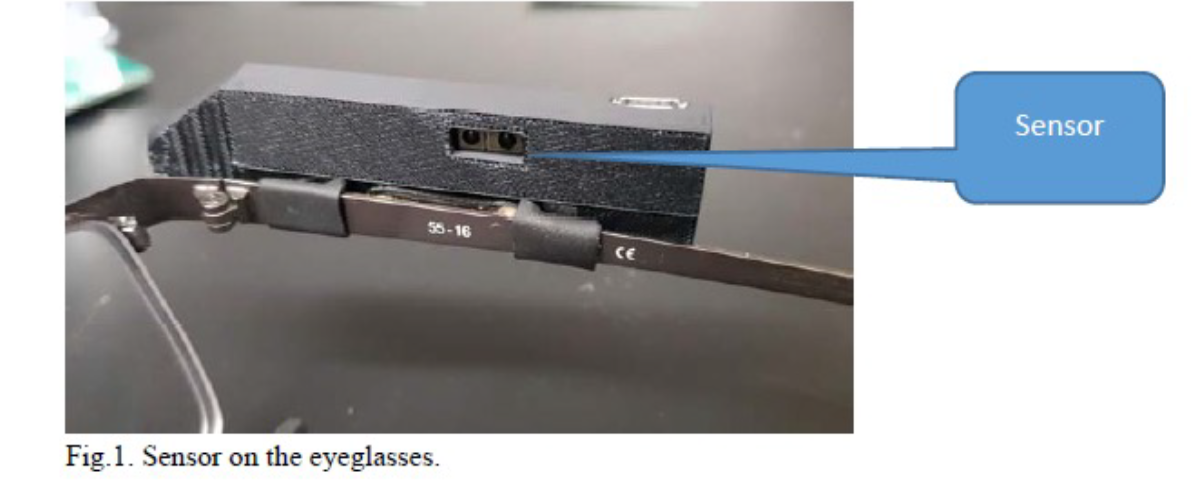The Problem:
Obesity and other diseases are growing in the US and to combat these diseases fitness trackers are used to monitor both dietary aspects as well as physical exercises. However, contact with skin or teeth is typically required for these sensors. Some non-contact sensors measure the motion of the jaw, which is not the best indicator of food intake. Other sensors normally consume very high power
The Solution:
Researchers at the University of Alabama invented a non-contact optical chewing sensor ready to be integrated into existing wearable technology. This optical proximity sensor monitors chewing with an infrared (IR) light sensor reflecting over the temporalis muscle, topically analyzing muscle activation. When mounted to the temple of eyeglasses, the device detects chewing, measures food intake, counts chews, and estimates ingested mass.

Benefits:
• Non-contact optical chewing sensor.
• Requires very low power.
• Provides very high sensitivity and accuracy.
• Indoor-outdoor use capable.
• Capable of integration into existing wearable devices.
The University of Alabama Research Office of Innovation and Commercialization (OIC) is a non-profit corporation that is responsible for commercializing University of Alabama technologies and for supporting University research. At OIC, we seek parties that are interested in learning more about our technologies and commercialization opportunities, and we welcome any inquiries you may have.